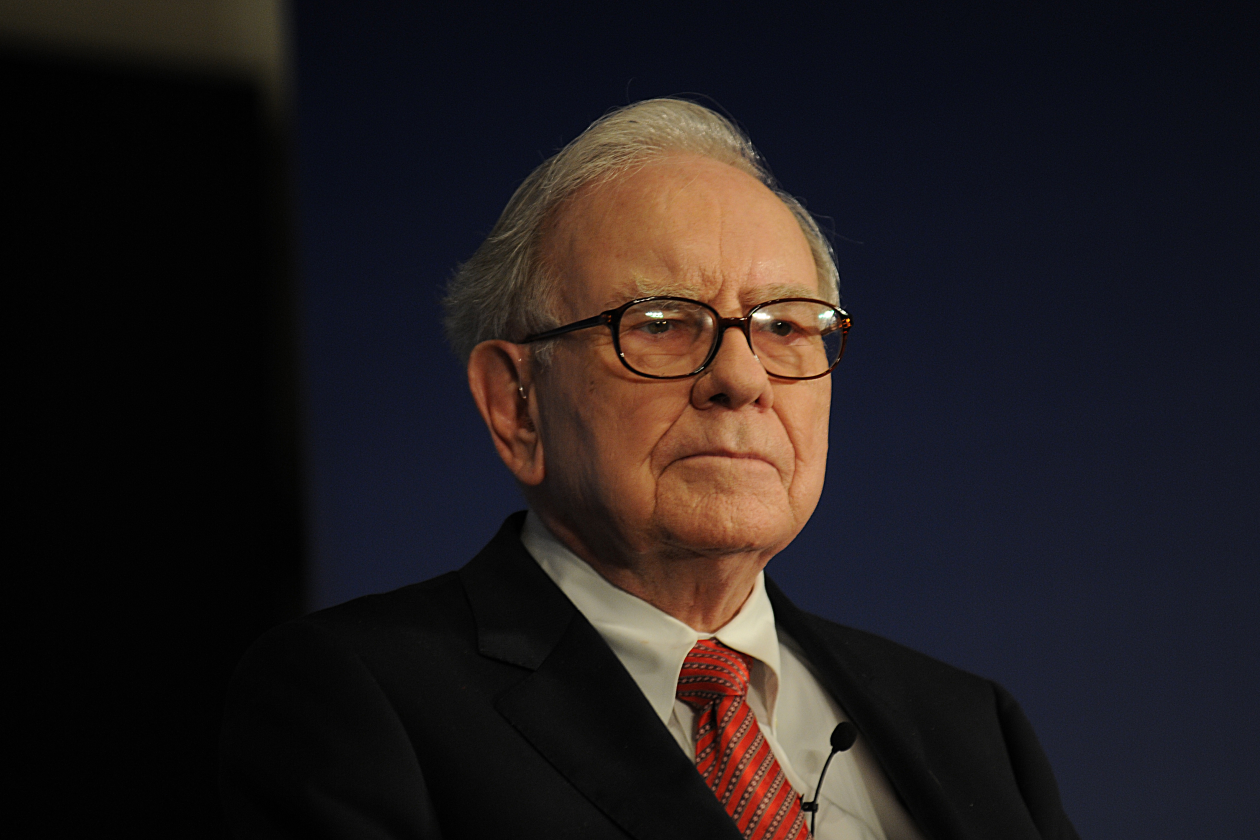It’s now been just under two weeks since Warren Buffett announced he’s retiring as CEO of Berkshire Hathaway at the end of the year, capping six decades at the helm.
News of Buffett’s departure has sparked a wave of tributes from investors and admirers around the globe.
As the farewell begins, it’s an ideal time to reflect on the timeless principles and wisdom that have defined his remarkable legacy.
Here’s how Buffett beat the stock market, and the most important investing lessons we can learn from one of the greatest investors of all time.
This article isn’t personal advice. If you’re not sure an investment is right for you, seek advice. Investments and any income from them will rise and fall in value, so you could get back less than you invest. Past performance isn’t a guide to the future and ratios also shouldn’t be looked at on their own.
Investing in an individual company isn’t right for everyone because if that company fails, you could lose your whole investment. If you cannot afford this, investing in a single company might not be right for you. You should make sure you understand the companies you’re investing in and their specific risks. You should also make sure any shares you own are part of a diversified portfolio.
Buffett vs the stock market
Buffett bought a controlling stake in Berkshire Hathaway for around $8.3mn back in 1965, when it was a struggling textile business.
That textile business has since been shut down, and it’s been transformed into a holding company. That means it doesn’t conduct any business itself. Instead, it owns or has a stake in a collection of other businesses.
These businesses span across insurance, railroads, energy, and consumer goods. The group also has a massive equity portfolio of publicly listed companies like Apple and Coca-Cola.
Because these businesses performed well and grew over time, Berkshire’s market value has grown to over $1tn – a milestone once only reserved for tech giants.
Value of $1,000 invested in Buffett's Berkshire Hathaway vs S&P 500
Over nearly 60 years, Warren Buffett transformed Berkshire Hathaway into one of the market’s most remarkable compound growth stories.
Since Buffett took over control of the company, it delivered an astonishing total return of 5,502,284% up to the end of 2024. That dwarfs the S&P 500’s total return of 39,054% over the same time period. Past performance isn’t a reliable guide to the future.
Much of this outperformance came in the earlier decades, but what truly set Berkshire apart was its resilience.
In the 13 years when the S&P 500 ended in the red over the last 60 years, Berkshire underperformed only twice.
The Buffett blueprint – how did Buffett beat the market?
Buffett’s investment success is grounded in common sense, discipline, and a long-term view of investments. By applying consistent principles over decades, Buffett has delivered remarkable returns to shareholders.
Here are three foundational ideas that can be applied to any ordinary portfolio of everyday investors.
Start early
One thing that’s worked well for Berkshire Hathaway is the magic of compounding returns over long periods.
When you start investing early, your money has more time to grow. Each year’s gains have the potential to generate further gains, creating an exponential snowball effect.
It’s important to remember that while starting early can boost your chances for growth, it doesn't guarantee profits. Investments are subject to market risks and fluctuations.
My wealth has come from a combination of living in America, some lucky genes, and compound interest.
- Giving pledge letter
In practice, start investing as early as you can, and let time and compounding do the heavy lifting. Don’t interrupt the process by jumping in and out of the market or chasing fads.
Start investing by Direct Debit by 26 June 2025 in an HL Stocks and Shares ISA or Self-Invested Personal Pension (SIPP) and we’ll refund a year’s worth of account charges back in cash on your total monthly payments - letting you invest at no cost.
Your Direct Debit must stay in place for one year to qualify. Your cash refund will be paid by July 2026. See full offer terms. Other charges may apply.
Remember, you can't usually access money in a pension until you're 55 (rising to 57 in 2028).
Stay within your circle of competence
The circle of competence is one of Buffett’s core principles. It simply means investing in businesses that you truly understand.
You only have to be able to evaluate companies within your circle of competence. The size of that circle is not very important; knowing its boundaries, however, is vital.
- 1996 shareholder letter
In practice, the key is to focus on businesses with models and prospects you genuinely understand. This clarity helps you steer clear of market hype and avoid blindly following the crowd.
By investing in companies you know well, you’re better equipped to make timely, informed decisions. That kind of understanding builds a stronger, more resilient portfolio – and ultimately empowers you to save and invest with confidence.
One way to gain a better understanding is to read analysis by subject matter experts like the HL Equity Research team.
Value over price
The market might offer a price for a stock every day, but that price isn’t always a true reflection of what the business is actually worth.
A company’s real worth comes from its ability to generate cash, grow over time, and outperform competitors.
Over the long term, a stock’s price usually catches up with the company’s true value. But in the short term, prices can be volatile and swing wildly around their true underlying value.
As Buffett says:
Price is what you pay, value is what you get. Whether we're talking about socks or stocks, I like buying quality merchandise when it is marked down.
- 2008 shareholder letter, and repeated in many others
In practice, don’t let daily price swings distract you. Instead, focus on understanding the quality of the business and whether it has the fundamentals to endure over time.
Once you identify strong, resilient companies, aim to buy their stock when it trades below your estimate of its true value.
Developing the knack for spotting such businesses takes time. It’s a skill honed through experience, learning, and occasional missteps. Remember, you don’t need perfect precision – just a sensible approach and the patience to let good businesses work for you.
Things to remember to invest like Buffett
These principles don’t require you to be an investment guru, a forecasting genius, or someone glued to market screens.
What they do require is patience, to let compounding work its magic, discipline, to prioritise value over price, and prudence, to stay within your circle of competence.
These traits, we believe, are far more valuable than any complex spreadsheet models. They explain how a young man with an eye for a good business plan went on to beat Wall Street for six decades, and why his playbook will remain timeless for years to come.
Next week, we’ll look at three share ideas that channel Buffett’s timeless strategy. To make sure you don’t miss it, sign up to our weekly Share insight email.
Article image credit: Mint / Contributor via Getty Images



